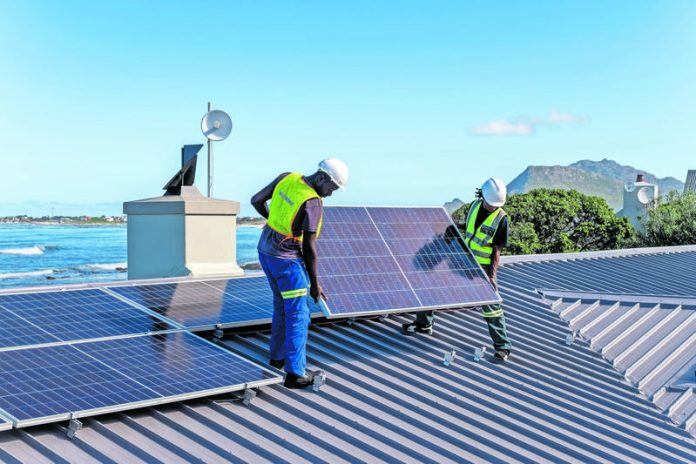The U.S. government is investing heavily in domestic clean energy but faces stiff competition from China, which has been outspending and dominating the global market.
Chinese monopolies in key clean energy supply chains and potential overproduction pose a significant challenge to U.S. and global markets.
The U.S. response includes considering tariffs on Chinese goods, but this strategy risks escalating trade tensions and may not effectively counter China’s global influence.
The United States government is desperately looking for ways to level the clean energy playing field spanning between the U.S. and China. While the federal government is currently pouring trillions of dollars into U.S. factories and infrastructure with a special focus on clean energy manufacturing capacity, that investment could be seriously undercut by the predominance of cheap Chinese products on the global market. In response, the United States is increasingly imposing protectionist trade policies that threaten to escalate trade war tensions between the U.S. and China without actually making much of a dent in the issue.
The United States is currently ramping up spending on the domestic clean energy industry, but they’re late in the game. And even the $2 trillion earmarked for building back better pales in comparison to the kinds of investments China has made over the last decade. China has been outspending the competition for years now – last year they quadrupled the United States’ level of spending on clean energy – and has already shored up established clean energy supply chains reaching around the world.
Beijing has effective monopolies on a concerning number of key supply chain nodes. According to recent reporting from the New York Times, “China produces around 80 percent of the world’s solar panels, nearly 60 percent of electric vehicles and more than 80 percent of electric vehicle batteries.” Furthermore, China produces 60 percent and processes nearly 90 percent of the world’s rare earth minerals – essential primary materials in the manufacturing of clean energy infrastructure such as electric vehicle batteries and photovoltaic solar panels.
The barriers to entry for any competitor are huge – but the United States is trying to find a way to rise to the challenge. The government’s primary strategy over the last five years has been to impose tariffs on a variety of Chinese goods in order to protect U.S. makers that can’t sell their products cheaply enough to compete. Some executives and officials argue that China’s actions violate trade rules by employing predatory pricing to flood the market and choke off competition.
And the problem is only going to escalate. China’s economy is slowing down and Beijing is responding by doubling down on propping up manufacturing and export potential. In fact, there is legitimate and growing concern that China is headed for overproduction and overcapacity of a great number of products as their own demand shrinks. “China Is Making Too Much Stuff—and Other Countries Are Worried,” read a recent Wall Street Journal headline. As they drown in surplus, China will likely try to push those unneeded solar panels, electric cars, and other products onto the global market at steep discount, threatening no small number of economic sectors and the global economy writ large.
The New York Times reports that Biden administration officials “appear likely to raise tariffs on electric vehicles and other strategic goods from China” as part of a continued review of levies initiated by the Trump Administration four years ago. This comes against the backdrop of a “coming wave” of Chinese electric vehicles hitting the international market as EV costs fall in China. At present, the average price for a Chinese EV is around $28,000, compared to $47,500 in the United States.
Congress is also lobbying for even greater tariffs on Chinese imports. A bipartisan House committee issued letters to the Biden administration in November and on January 5th of this year urging the government to impose tariffs on Chinese electric vehicles and semiconductors, respectively.
But imposing tariffs comes with its own set of drawbacks. First, the move could escalate existing trade tensions with China at a time when the growth of our own green economy still greatly depends on Chinese imports. This could hurt United States producers as much or more as it helps them if it jacks up the prices of the materials they rely on, rendering their businesses unprofitable. Second, it may be pointless. Protectionist policies in the United States can’t stop other nations from snapping up China’s cheap exports, meaning that China can still be a global price setter with or without Washington’s involvement, ultimately leaving a global market in which the United States simply cannot compete.





